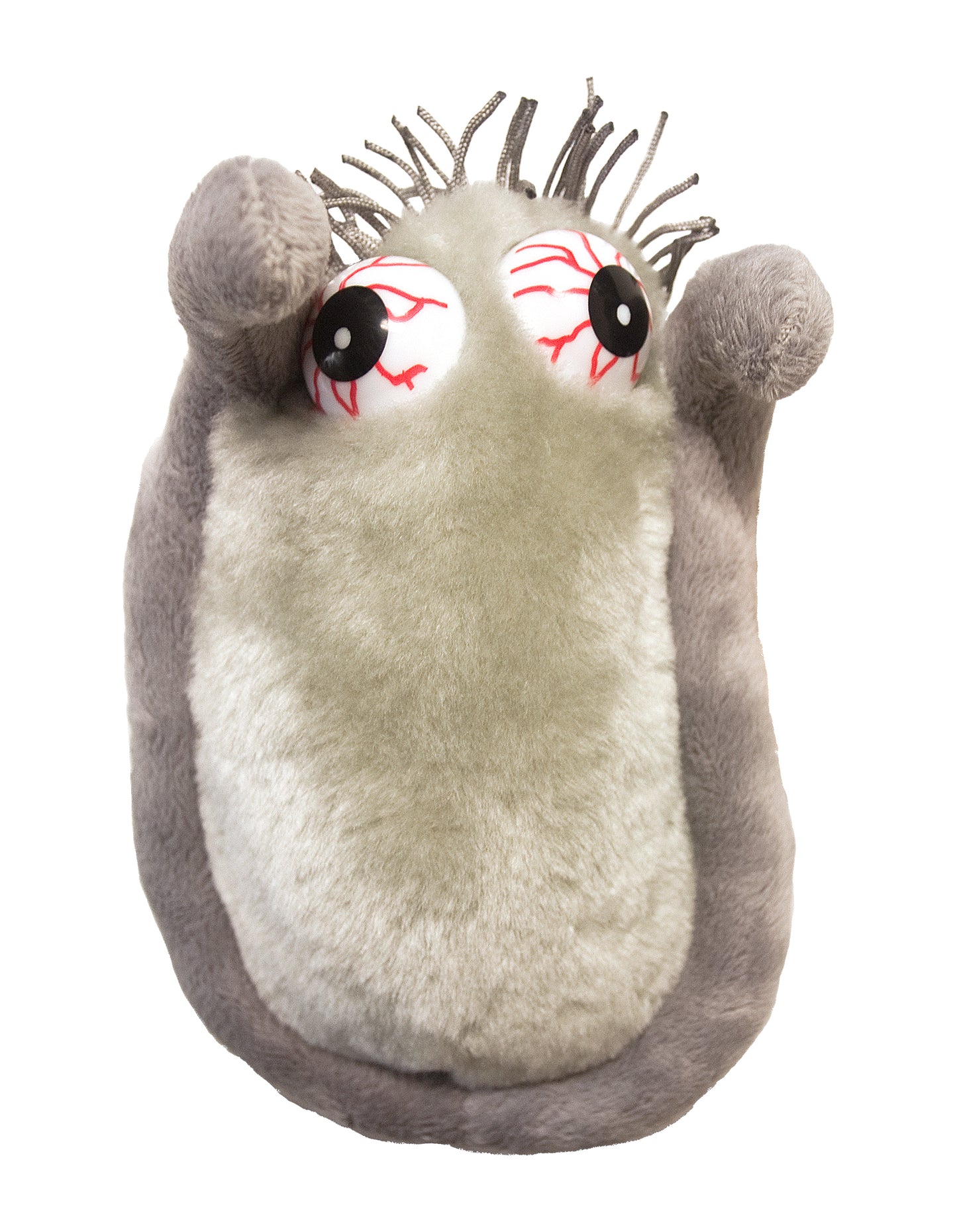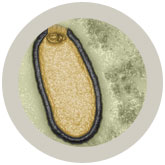Zombie Virus (Pithovirus Sibericum)
Zombie Virus (Pithovirus Sibericum)
Couldn't load pickup availability
When lured out of Siberian frost with fresh amoeba, zombie viruses attacked the amoeba and bent them to their will!
- These 1 micrometer viruses are enormous for a virus, as large as many bacteria.
- Zombie viruses have unusual and intriguing genetic material, unlike other known lifeforms.
- Time will tell what else is lurking deep under the frost, waiting to be brought back from the dead!
All About Zombie Virus (Pithovirus Sibericum)
FACTS: When French scientists Jean-Michel Claverie and Chantal Abergel learned that plants had been revived from 30,000 year old seeds found in squirrel hoards buried deep in the Siberian permafrost, they requested frost samples from the Russian team. They then tempted the samples with fresh amoeba, and were able to lure dormant viruses hiding in the frost into action. The viruses attacked the amoeba, bent them to their will, and started using them as replication laboratories.
When the scientists investigated, they discovered that, on the microscopic scale, the viruses were absolutely enormous. Over a micrometer in size, they are as large as many bacteria, even larger than some of the smallest known free-living eukaryotic cells, and are readily visible using standard microscopes. (The scientists named the virus Pithovirus sibericum because its shape resembled the ancient Greek wine jars called "pithos.")
Fortunately, it appears that the primary threat that this zombie virus poses is to the microscopic amoeba population. Nevertheless, the scientists have also discovered other large viruses, including Pandoraviruses and the "microbe mimicking" virus, or Mimivirus. Although the pathology of these viruses is as yet unknown, antibodies to giant viruses have been detected in humans – which means giant viruses can make us their hosts.
The genetic material of these viruses is unusual and overlaps known lifeforms to a very limited degree, which has the scientific community very intrigued about the possibilities for new discoveries. But only time will tell what else is lurking deep under the frost, waiting to be brought back from the dead...
| NAME | Pithovirus Sibericum |
|---|
| ACTUAL SIZE | 1.5 microns long, 500 nm in diameter |
|---|
| WHERE IT LIVES | Used to live in 30,000 year old Siberian permafrost |
|---|
| SYMPTOMS | Humans cannot be infected with zombie virus. Phew! |
|---|
| HISTORY | In 2000, scientists managed to revive 250 million year old bacteria from salt crystals found buried 560 meters below ground in New Mexico. In 2012 Russian scientists discovered plant seeds that were preserved for 30,000 years in Siberian permafrost. These plant seeds were actually able to grow and blossom and are now considered the oldest revived plants! A few years back scientists found pithovirus sibericum, aka zombie virus, in 32,000 year old soil, buried in Siberian permafrost. Pithovirus was found in the same Siberian permafrost the oldest revived plant was found in! |
|---|
| FASCINATING FACTS | The top 10 safest countries that could survive a zombie outbreak, based on geographic location, armed populace, population density, and military preparedness are as follows: 1) Australia, 2) Canada, 3) United States, 4) Russia, 5) Kazakhstan, 6) Bolivia, 7) Norway, 8) Finland, 9) Argentina, and 10) Sweden. The word “zombie” is related to the African word, “nzambi”, which means god. |
|---|






